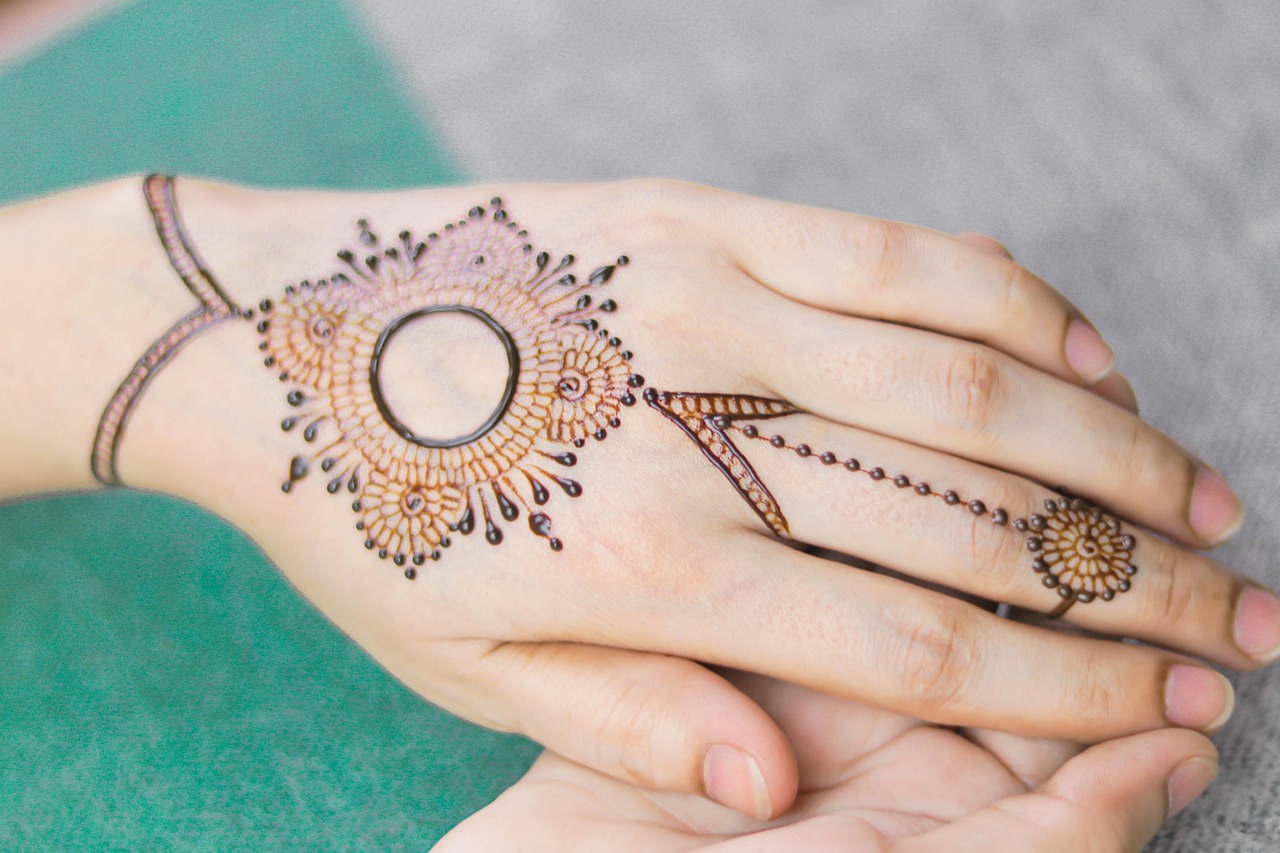Understanding the Significance of Mehndi in Bridal Traditions
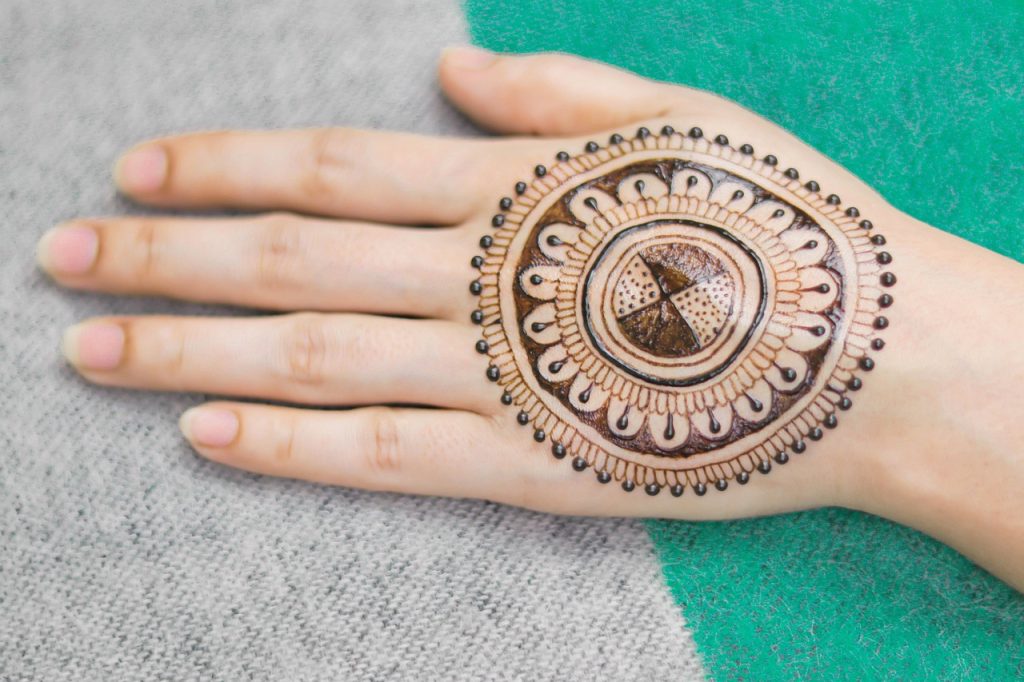
Mehndi, or henna, has been a vital part of bridal traditions in many cultures. It symbolizes luck and prosperity, and is believed to strengthen the bond between the bride and groom. The intricate designs serve not only as aesthetic embellishments but also as expressions of personal and familial significance.
In weddings, the bridal front full hand mehndi design stands out for its elegance and complexity. It often includes symbols of love, fertility, and joy, intertwining floral patterns, paisley motifs, and sometimes even portraits of the couple.
What are common motifs in bridal front full hand mehndi designs?
Common motifs include paisleys, floral designs, peacocks, and geometric patterns. These elements are intricately woven to create elaborate, full-hand designs that capture the essence of the wedding celebration.
According to a study by the Journal of Ethnic Foods, the popularity of mehndi design has surged globally, notably in Western weddings as well. This highlights its significance beyond traditional boundaries.
Popular Designs and Patterns for Today’s Brides
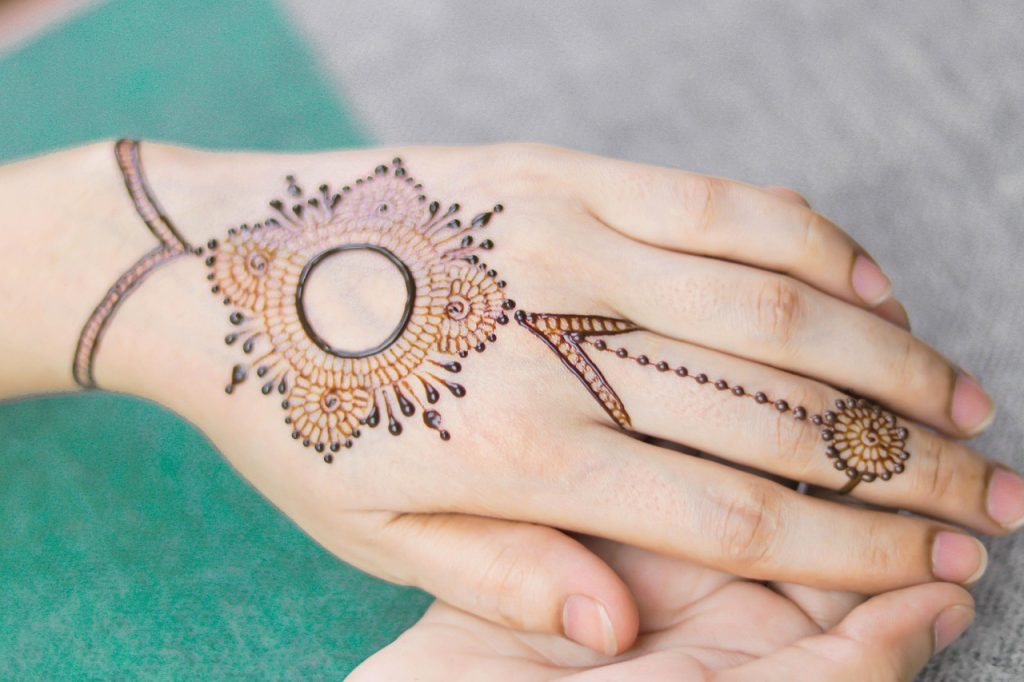
When it comes to bridal front full hand mehndi designs, options can range from traditional to modern styles. Some brides opt for detailed, ornate patterns, while others may choose simpler designs that reflect their personal style.
Trending patterns in 2023 include floral motifs that transition into intricate mandalas, or the use of negative space for a contemporary twist. Each design is unique and often incorporates personal touches, inspired by the bride’s heritage or love story.
How do I choose the right mehndi design for my wedding?
Choosing the right mehndi design involves considering your style, the wedding theme, and even your skin tone. It’s essential to consult with a skilled mehndi artist who can incorporate your ideas into a cohesive design.
For example, renowned mehndi artist Nida Khan suggests considering designs that complement your outfit and jewelry. She emphasizes that personalization is key in achieving a unique look.
Aftercare Tips for Long-Lasting Mehndi
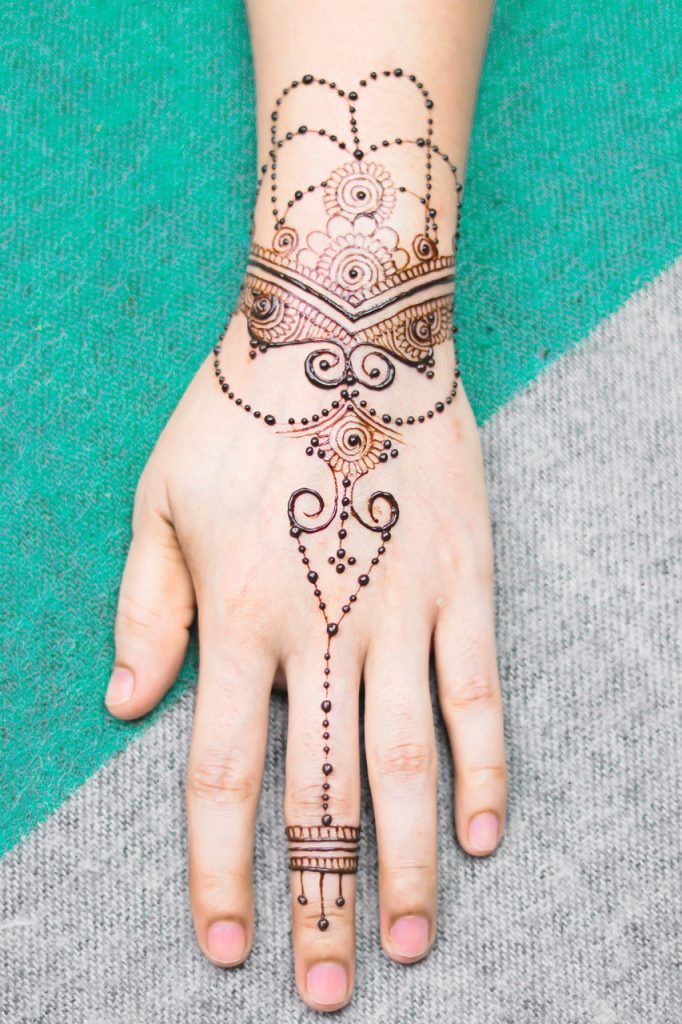
Once you’ve adorned your hands with bridal mehndi, proper aftercare is crucial to ensure the color lasts as long as possible. It’s best to avoid water contact for at least 24 hours, and applying lemon juice or sugar can enhance the intensity of the hue.
Avoiding excessive cleaning and direct sunlight will also prolong the life of your mehndi. Trust in these simple tips, and you’ll enjoy beautiful designs well beyond your big day.
How long does mehndi take to dry and what can affect its color?
Typically, mehndi takes about 6-8 hours to dry thoroughly. Factors like skin type, humidity, and the quality of the henna can greatly influence the final color. Thus, choose high-quality henna for the best results.
Nisha Patel, a leading expert in henna artistry, notes, “The darker the stain, the more beautiful it looks on the big day. Ensure you follow aftercare instructions carefully to achieve that rich color.”
Conclusion
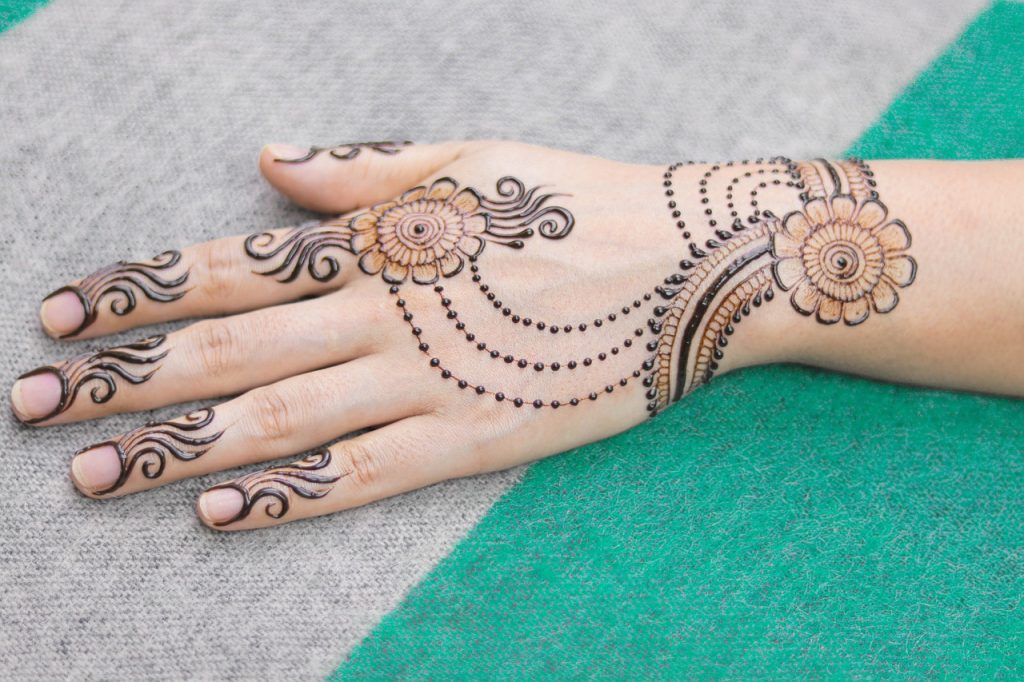
Bridal front full hand mehndi design is not just body art; it’s a deeply cultural practice filled with meaning and beauty. From selecting the right design to understanding the importance of aftercare, every aspect contributes to the overall experience. Remember to choose a design that resonates with you and learns the necessary steps to ensure its longevity.
If you found this post helpful, consider subscribing to our newsletter for more bridal tips or share this with your friends who are planning their weddings!
